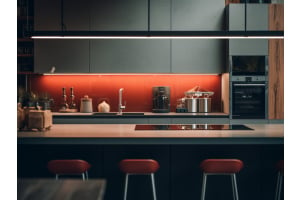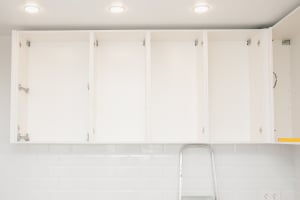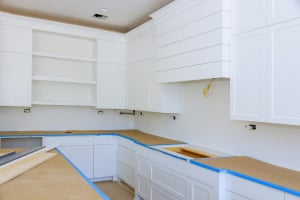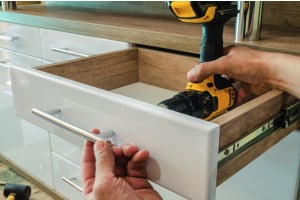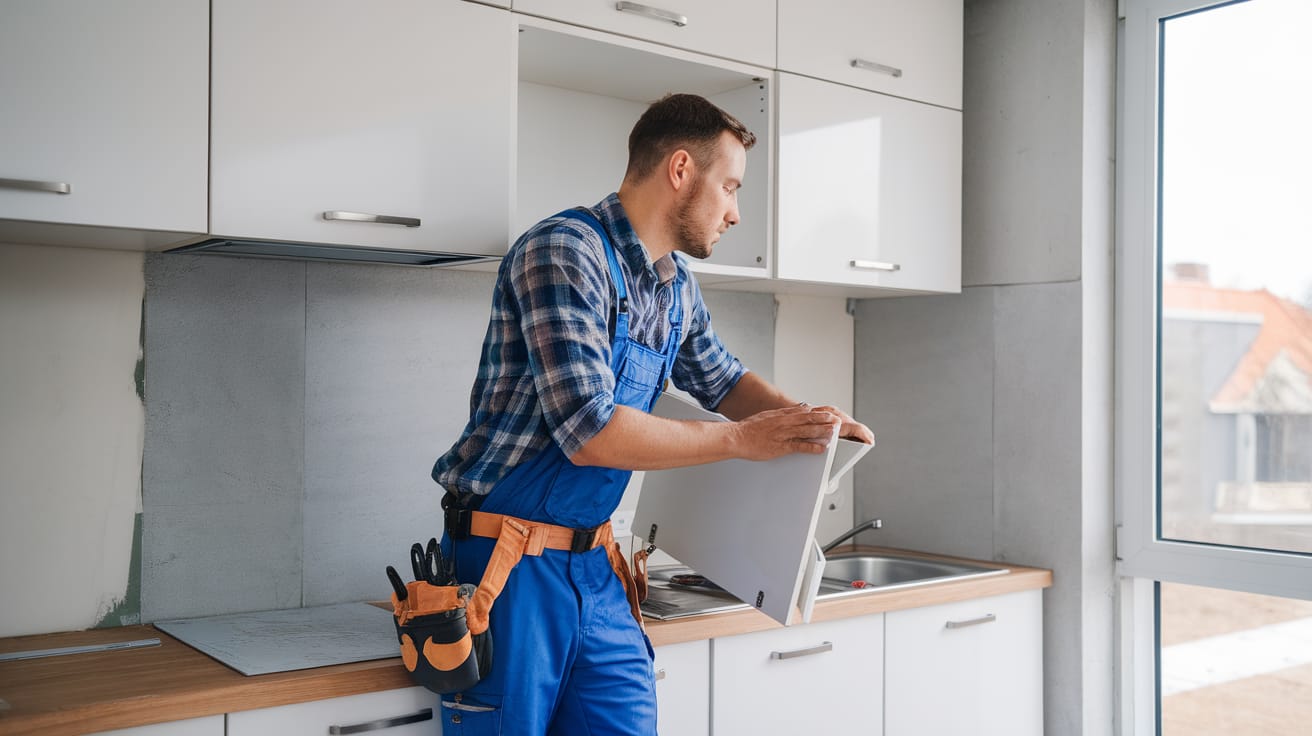
When considering how to install kitchen cabinets, it's essential to plan carefully to ensure a secure and professional-looking result. Whether you're installing new cabinets or refinishing old ones, understanding the process can save both time and money.
Kitchen cabinets are typically attached to the wall using long screws that are drilled into the wall studs. The screws secure the cabinets directly to the studs, ensuring a sturdy and stable installation. In some cases, a cabinet hanging system or brackets may also be used to provide additional support.
If you're looking to update your kitchen without the expense of new cabinets, the cost of refinishing kitchen cabinets is significantly lower, making it a budget-friendly option. Refinishing typically involves sanding, priming, and painting, which can refresh the look of your cabinets.
For a flawless finish, focus on painting kitchen cabinets without leaving a brush mark by using high-quality paint, the right brushes or rollers, and applying multiple thin coats. This attention to detail will help you achieve a smooth, professional look that elevates the overall aesthetic of your kitchen.
Kitchen Cabinet Installations: Explained
In most kitchens, cabinets are attached to the wall with long screws that go directly onto the wall and the underlying studs. Whether you’re doing it yourself or you’ve hired a home improvement expert to do a modern kitchen cabinet makeover for you, you’ll need to find the studs that will hold the cabinets.
Some experienced contractors can find the studs just by knocking on a wall, but there are also stud-finding tools on the market that make this much easier to do. After locating the studs, mark their locations so you know where the screws need to go to attach the cabinets to the wall.
Note that not all walls have wood studs. Some have metal studs, and some walls are made of plaster, lathe, bricks, or concrete.
Regardless of whether you have studs, cabinet hangers, or metal studs, you’ll need several basic kitchen cabinet installation tools in addition to a wall-stud locator. Some standard tools used for installations are cabinet screws, a cabinet hanging system, a jack to hold your cabinets, and a cabinet claw. Be sure you have everything you need to do the job before you begin the installation process.
Consider the Type of Wall Construction You’re Dealing With
Don’t start the installation process before you understand how your walls are constructed. Wall construction determines the type of screws you need for the job. The main types of walls you’re likely to come across include: drywall with wood studs, drywall with metal studs, plaster and lath walls with wood studs, and masonry walls (brick, block, and concrete).
If you’re installing kitchen cabinets in a new house, you’re likely to find drywall with wood studs because it’s the most common method of construction today. Once you’ve identified the type of wall you’re dealing with, find out if it has wood studs or a lath.
How to Attach Cabinets to a Wood Stud Wall
This type of installation involves four steps:
- Find the wood studs.
- Mark the back of the cabinet with pilot holes for the screws.
- Position the upper cabinets using a cabinet jack.
- Screw the cabinets to the wood studs.
Be sure to purchase the right screws so that they are long enough to firmly hold the cabinets against the walls.
How to Attach Kitchen Cabinets to a Metal Stud Wall
You can detect metal studs using a special high-end electrical stud finder specifically designed for metal studs. Alternatively, you can run a magnet along your kitchen walls to detect the studs.
The process of attaching your cabinets to metal studs is essentially the same as for wood studs, but with screws designed to drill into metal.
How to Attach Cabinets to Masonry Walls
Masonry walls are the easiest to work with because they’re easy to drill into and hold screws firmly. However, you need to pre-drill the holes and fuse the screws with concrete, but you don’t have to waste time locating studs.
Final Thoughts
You may have to use more screws to attach upper cabinets, depending on their weight and the weight of the items you intend to place in the cabinets. In addition to screws, you should add liquid nails into the bottom and top of the cabinets for additional support (an under-cabinet block may also be necessary).
Get in touch with 27EStore for expert advice on how to install your cabinets. We can guide you on any type of cabinet you may be looking for to give your kitchen a facelift–without breaking the bank!



